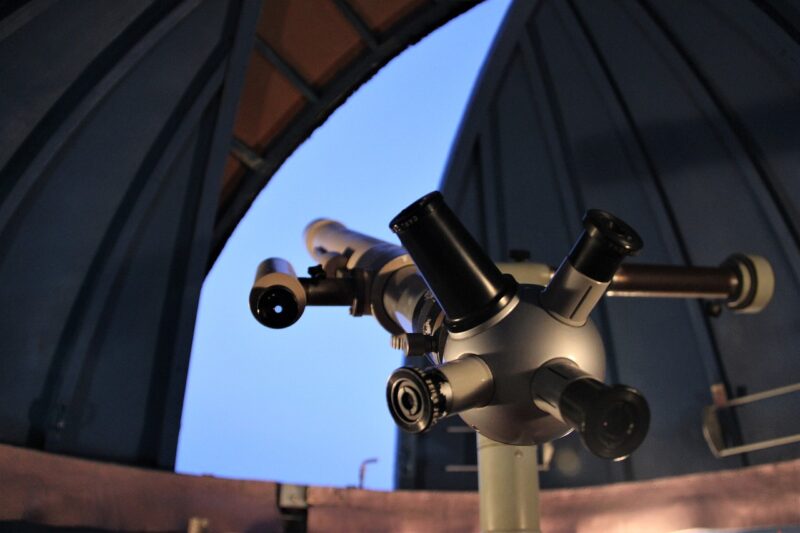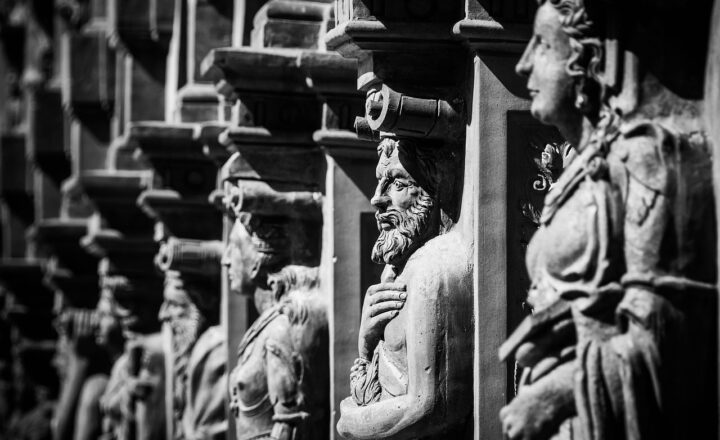How the First Observatories Allowed Early Scientists to Unlock the Secrets of the Universe
November 17, 2024

The universe has always been a source of mystery and fascination for humankind. From ancient civilizations staring at the night sky to modern astronomers discovering exoplanets, our quest to understand the cosmos has evolved dramatically over the centuries. One pivotal development in this journey was the establishment of the first observatories, which played a crucial role in advancing our knowledge of the universe.
1. The Birth of Modern Astronomy
Astronomy has its roots in ancient civilizations, where celestial bodies were tied to cultural, religious, and agricultural practices. Ancient Egyptians built pyramids aligned with celestial events, while the Babylonians developed complex calendars based on lunar cycles. However, it wasn’t until the Renaissance that astronomy began to take the shape of a scientific discipline.
During the 16th century, scholars like Nicolaus Copernicus challenged the geocentric model of the universe, proposing a heliocentric system. This shift in perspective marked the beginning of modern astronomy and laid the groundwork for the first observatories.
2. The Role of Observatories in Astronomy
Observatories are specialized facilities that house telescopes and other instruments used for observing celestial objects. They allow astronomers to study aspects such as the position, motion, and composition of stars and planets and to make systematic observations. Early observatories were critical in refining astronomical measurements and developing theories about the universe.
Three significant early observatories stand out in history:
- 1. The Maragha Observatory (1259): Located in Persia, this observatory was founded by Nasir al-Din al-Tusi and became a center for astronomical research. Al-Tusi’s work on planetary theories laid the groundwork for future developments in astronomy and influenced later scholars in Europe.
- 2. The Ulugh Beg Observatory (1420): Built in Samarkand, Uzbekistan, this observatory was named after the astronomer Ulugh Beg, who made significant contributions to the field. His catalog of stars was one of the most accurate at the time, and his observations helped redefine the understanding of celestial mechanics.
- 3. The Greenwich Observatory (1675): Founded in England, the Greenwich Observatory became the prime meridian for timekeeping purposes. It played a crucial role in navigation and the development of accurate star charts.
Each of these observatories advanced the scientific method in astronomy, moving the field from philosophical speculation to empirical observation and measurement.
3. Instruments that Transformed Astronomy
Observatories used a variety of tools and instruments that revolutionized the way celestial observations were made. The most notable among these was the telescope, which dramatically improved the ability to observe distant objects in the universe.
- Telescopes: The invention of the telescope in the early 17th century by Galileo Galilei shocked the scientific community. He was the first to use a telescope for astronomical observations, discovering moons of Jupiter and the phases of Venus, which provided evidence for the heliocentric theory. Over time, telescopes evolved, with improvements in lenses and later the introduction of reflectors by Sir Isaac Newton.
- Astrolabes: This ancient instrument was used for solving problems related to time and the position of the stars. It allowed astronomers to make accurate measurements of celestial bodies and track their movements, serving as a fundamental tool in early observatories.
- Quadrants and Sextants: These navigation instruments refined the measurements of celestial angles, contributing further to mapping the stars and determining time and position on Earth.
The development and refinement of these tools allowed astronomers to unlock secrets about the universe that were previously beyond reach.
4. Breakthrough Discoveries Enabled by Observatories
The establishment of observatories and the refinement of astronomical tools led to several groundbreaking discoveries:
- Planetary Motion: Johannes Kepler, inspired by Tycho Brahe’s precise observations at his observatory, formulated his laws of planetary motion, which explained how planets orbit the sun. This was fundamental in the shift away from the circular orbits proposed by earlier astronomers.
- Stellar Parallax: The concept of measuring the distance to stars was made possible by observations at observatories. The first measurable parallax for a star beyond our solar system was achieved in the 19th century, demonstrating the vastness of the universe.
- Spectroscopy: The study of light from celestial bodies led to advancements in understanding their compositions. This evidence supported the theory of the chemical makeup of stars and planets, revealing that stars are not mere points of light but complex celestial bodies similar to Earth.
These discoveries ushered in new ways of thinking about the universe, shifting human perspectives from Earth-centric beliefs to a more expansive view of our place in the cosmos.
5. Conclusion: The Legacy of Early Observatories
The first observatories were more than just buildings for observation; they were symbolic of humanity’s relentless pursuit of knowledge. They bridged the gap between ancient beliefs and modern scientific inquiry, allowing scholars to accumulate data and refine theories about the universe. The legacy of these institutions continues today, as we still rely on observatories for some of the most fascinating discoveries in astronomy, from black holes to the expansion of the universe.
As we look up at the starry night sky, let us remember the foundational efforts of these early scientists and the observatories that allowed them to unlock the mysteries of the universe. Their courage to question the known has opened doors to the endless possibilities awaiting future generations of explorers and thinkers.
In the words of Galileo, “All truths are easy to understand once they are discovered; the point is to discover them.”







